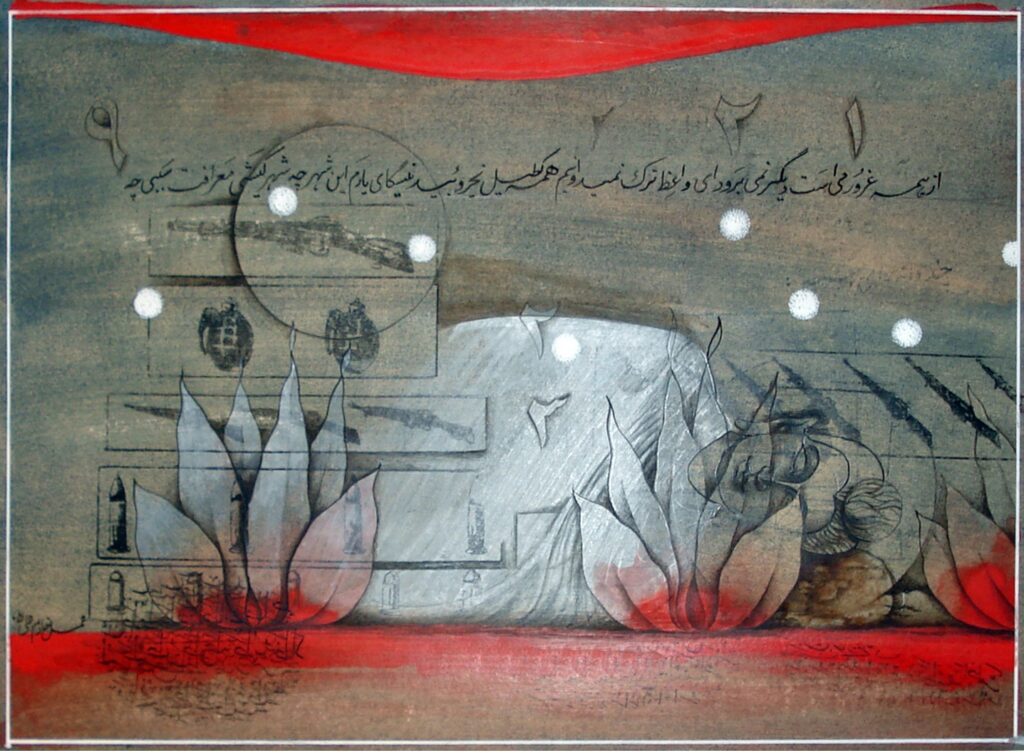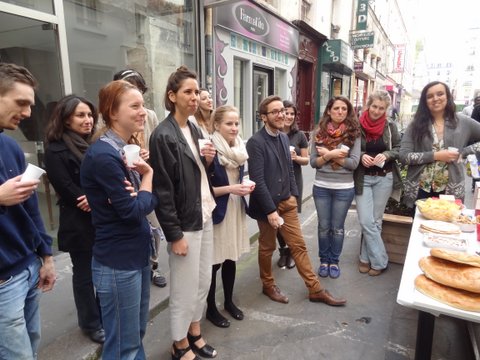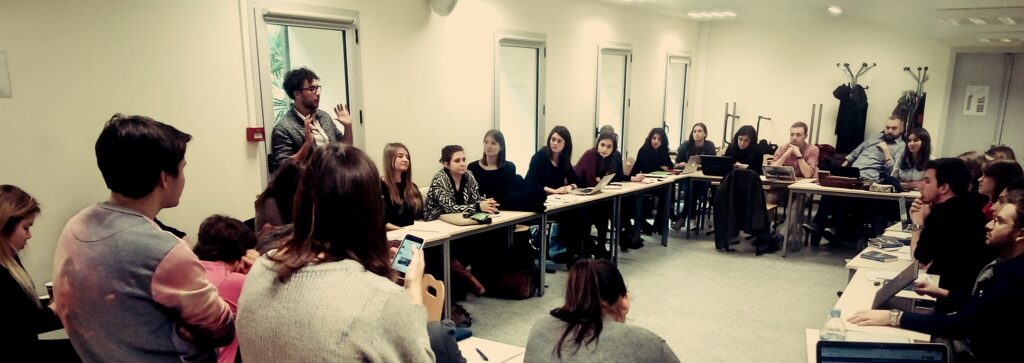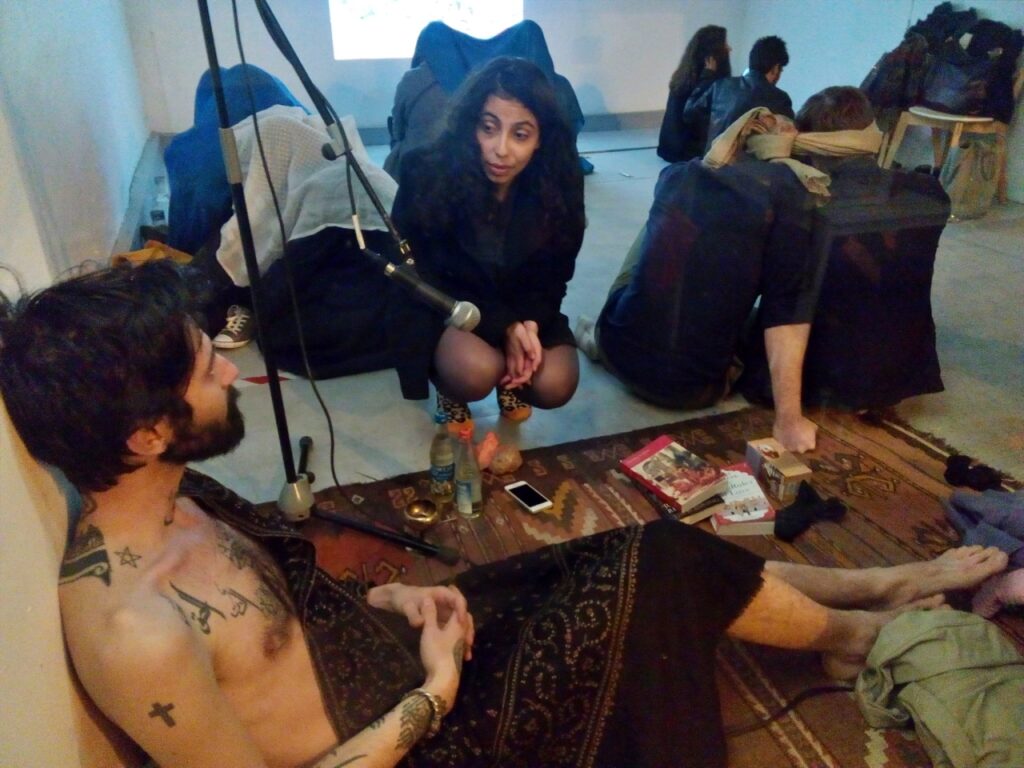
Sciences Po Le Havre
In 2020-2021 I started teaching to first and second year students in international relations at the Campus of Sciences Po in Le Havre, which focuses thematically on Europe and Asia. More than half of the students come from abroad, preponderantly South and East Asia, with a few Europeans and Americans thrown in. It’s a very bright bunch of students, so it’s a real pleasure to teach them.
To first year students I teach an ‘Introduction to Political Science’ module where I explore the general concepts they learn about to the Afghan context. Second year students get a ‘Welcome to Afghanistan’ general course. Here’s a summary of that course (last year) in pdf format. This coming year I’ll revise the course substantially to take into account the Taliban takeover.
I have also given a guest lecture to students at this campus on the politics in the Horn of Africa – a bit outside their area of focus, but they asked me to! Here’s the link to the nearly two-hour long online presentation.
Here is a link to an interview I gave to student Samaya Anjum for the students’ online journal Le Dragon Déchaîné (in English), exploring why and how the West should engage the new Taliban government in dialogue – a controversial topic.

Paris School of International Affairs
From 2010 to 2016 I taught two courses at the Paris School for International Affairs, which is the international master program of Sciences Po:
Lessons (Not) Learnt in Afghanistan
Contemporary Art in the Arab World
In the latter course I explore how contemporary art can be used to understand socio-political change in the Arab World. Ghassan Salamé, then director of the Paris School of International Affairs, encouraged me to develop this course when he found out about my curating and artistic research activities.
After finding that my students generally write papers worthy of publishing, on unusual and interesting topics, I decided to find new ways of disseminating their work. In 2012 I started publishing their papers on my website, in 2013 I did a Wikipedia education project where each student contributed to Wikipedia, and in 2014 and 2015 I organized a public exhibition in Paris, at The Window in the tenth arrondissement.
As a result of my course some students now work in the art world.
Below are the links to some of the students’ work, and to pdf versions of powerpoint presentations I use in my course.

2014: Exhibition Contemporary Art and Geopolitics in the Arab World, with my students in Paris
2013: Best Wikipedia articles by my students
2012: Contemporary Art and Geopolitics in the Arab World
2012: Best papers by my students
2011: Dissonances: Cultural Conflict and International Interventions in the Middle East

